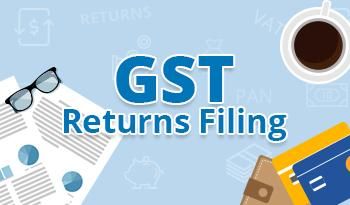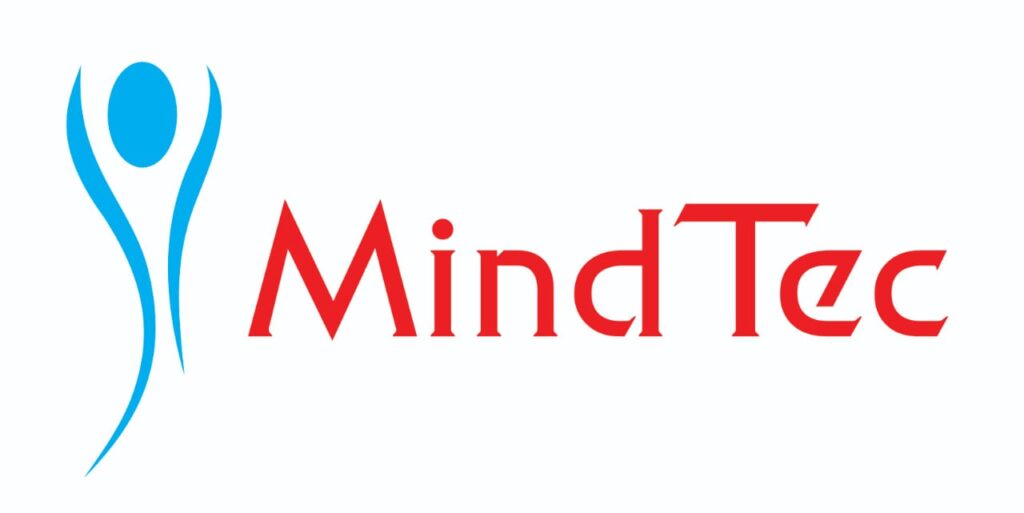
What Are GST Returns? More Than Just a Form.
A GST Return is a document containing details of all your business transactions related to outward supplies (sales), inward supplies (purchases), input tax credit (ITC) claimed, and tax liability for a specific period. It’s how you communicate your tax obligations to the government.
Why is timely and accurate filing critical?
Compliance & Legal Standing: It ensures you adhere to GST laws, avoiding legal hassles.
Input Tax Credit (ITC): Timely filing is essential to claim ITC on your purchases, which directly reduces your overall tax liability and improves cash flow. Missing deadlines can lead to forfeiture of ITC.
Business Credibility: A clean GST compliance record enhances your business’s reputation and credibility with suppliers, customers, and financial institutions (e.g., when applying for loans).
Avoid Penalties: Late filing attracts significant late fees and interest, which can eat into your profits.
Smooth Operations: Proper filing ensures a seamless flow of credit across the supply chain, preventing disruptions for your business partners.
Key Types of GST Returns You Might Need to File
While there are many GST forms, most regular taxpayers primarily deal with these:
GSTR-1: Details of Outward Supplies (Sales)
Purpose: Reports all your sales (outward supplies) of goods and services.
Filing Frequency:
Monthly: For businesses with an annual aggregate turnover above ₹5 crore (or those who haven’t opted for the QRMP scheme).
Quarterly: For businesses opting for the QRMP (Quarterly Return Monthly Payment) scheme, whose annual aggregate turnover is up to ₹5 crore. They may also use the Invoice Furnishing Facility (IFF) for the first two months of the quarter.
Due Date (Monthly): 11th of the succeeding month.
Due Date (Quarterly for QRMP): 13th of the month succeeding the quarter.
GSTR-3B: Monthly Summary Return
Purpose: A consolidated summary of outward supplies, inward supplies (purchases), ITC claimed, and tax liability. This is where you actually declare and pay your net GST liability.
Filing Frequency: Monthly (for most regular taxpayers). Quarterly for QRMP taxpayers.
Due Dates:
Monthly: 20th of the succeeding month.
Quarterly (QRMP): 22nd or 24th of the month succeeding the quarter, depending on your state (e.g., Andhra Pradesh falls into Group A, often having a 22nd deadline).
Important Update (from July 1, 2025): GSTR-3B liability values will be auto-populated and non-editable from GSTR-1/IFF. Errors will need to be corrected via a newly introduced GSTR-1A before filing GSTR-3B. Ensure your GSTR-1/IFF data is accurate!
GSTR-4: Annual Return for Composition Taxpayers
Purpose: An annual return for businesses registered under the Composition Scheme. They also file a quarterly statement called CMP-08.
Due Date (GSTR-4): 30th April of the next financial year.
Due Date (CMP-08): 18th of the month succeeding the quarter.
GSTR-9: Annual Return
Purpose: An annual reconciliation of outward supplies, inward supplies, and ITC claimed, with the financial statements for the entire financial year.
Filing Frequency: Annually.
Due Date: 31st December of the next financial year. (For FY 2024-25, the due date is 31st Dec 2025).
(There are other specific returns like GSTR-5 (for Non-Resident Taxpayers), GSTR-6 (for Input Service Distributors), GSTR-7 (for TDS Deductors), GSTR-8 (for E-commerce Operators with TCS liability), etc., depending on your business type.)
[Table Suggestion: A clear table summarizing GSTR-1, GSTR-3B, GSTR-4, GSTR-9 with their purpose, frequency, and general due dates. You can mention the QRMP scheme explicitly.]
GST Return Form | Purpose | Filing Frequency | Key Due Dates (approx.) |
GSTR-1 | Outward Supplies (Sales) Details | Monthly / Quarterly | Monthly: 11th of next month; Quarterly: 13th of month after quarter |
GSTR-3B | Monthly Summary (Sales, Purchases, ITC, Tax) | Monthly / Quarterly | Monthly: 20th of next month; Quarterly: 22nd/24th of month after quarter |
GSTR-4 | Annual Return for Composition Taxpayers | Annually | 30th April of next FY |
CMP-08 | Quarterly Statement for Composition Taxpayers | Quarterly | 18th of month after quarter |
GSTR-9 | Annual Reconciliation Return | Annually | 31st December of next FY |
Step-by-Step Guide to Filing Your GST Returns Online
The entire process is online, primarily via the official GST Portal (www.gst.gov.in).
Ensure GSTIN & Login Credentials: Have your Goods and Services Tax Identification Number (GSTIN) and login details ready.
Gather Documents & Data:
Sales invoices (B2B, B2C, Exports, Exempt Supplies)
Purchase invoices (especially those for which you claim ITC)
Debit and Credit Notes
Bank statements (for payment verification)
Previous tax payment challans
Log In to the GST Portal: Visit www.gst.gov.in and log in.
Navigate to “Returns Dashboard”: Select the financial year and return period.
Choose the Right Return Form: Select GSTR-1, GSTR-3B, etc., based on your requirements.
Prepare Online or Upload Offline Data:
You can directly enter details online for smaller numbers of transactions.
For bulk invoices, use the offline utility tools provided by GSTN to prepare JSON files and upload them.
For GSTR-1: Enter details of outward supplies (B2B, B2C, HSN-wise summary, etc.).
For GSTR-3B: The data for outward supplies and ITC will largely be auto-populated from your GSTR-1 filings and your suppliers’ GSTR-1s (in GSTR-2B). Crucial to verify this pre-filled data.
Reconcile & Verify Data: This is a critical step.
Match your purchase register with GSTR-2A/2B: Ensure the ITC appearing in your GSTR-2A/2B (auto-populated from your suppliers’ GSTR-1s) matches your books. Discrepancies can lead to ITC issues.
For GSTR-3B: Reconcile your outward supplies with your GSTR-1 data.
Compute Tax Liability: The system will calculate your tax liability (GST payable) after considering ITC.
Make Payment (if applicable): If there’s a net tax liability (after adjusting ITC), generate a challan and make the payment online through various modes (Net Banking, NEFT/RTGS, Credit/Debit Card).
Submit & File the Return: After reviewing all details, submit and file the return using your Digital Signature Certificate (DSC) or Aadhaar-based OTP verification. You’ll receive an Acknowledgement Reference Number (ARN) upon successful filing.
Common Challenges & How to Overcome Them
Many businesses, especially SMEs in regions like Guntur, face hurdles during GST filing:
Data Entry Errors & Mismatches: Minor errors in GSTIN, invoice numbers, or amounts can cause discrepancies.
Solution: Implement robust accounting software. Regularly reconcile your purchase data with GSTR-2A/2B. Train your staff on accurate data entry.
Understanding Complex Rules: GST laws are dynamic, with frequent amendments.
Solution: Stay updated through official GSTN advisories, reputable tax portals, or consult with a qualified GST consultant or Chartered Accountant in Guntur.
Missing Deadlines: Can lead to penalties and loss of ITC.
Solution: Set up reminders, use accounting software with built-in compliance calendars, or outsource filing to professionals.
Lack of Digital Infrastructure: Some smaller businesses might not be fully digital.
Solution: Invest in basic accounting software or cloud-based solutions that simplify GST compliance. Even mobile apps are available.
Filing “NIL” Returns: Even if there are no transactions in a period, a NIL return often needs to be filed.
Solution: Be aware of your specific filing requirements, even for inactive periods.
